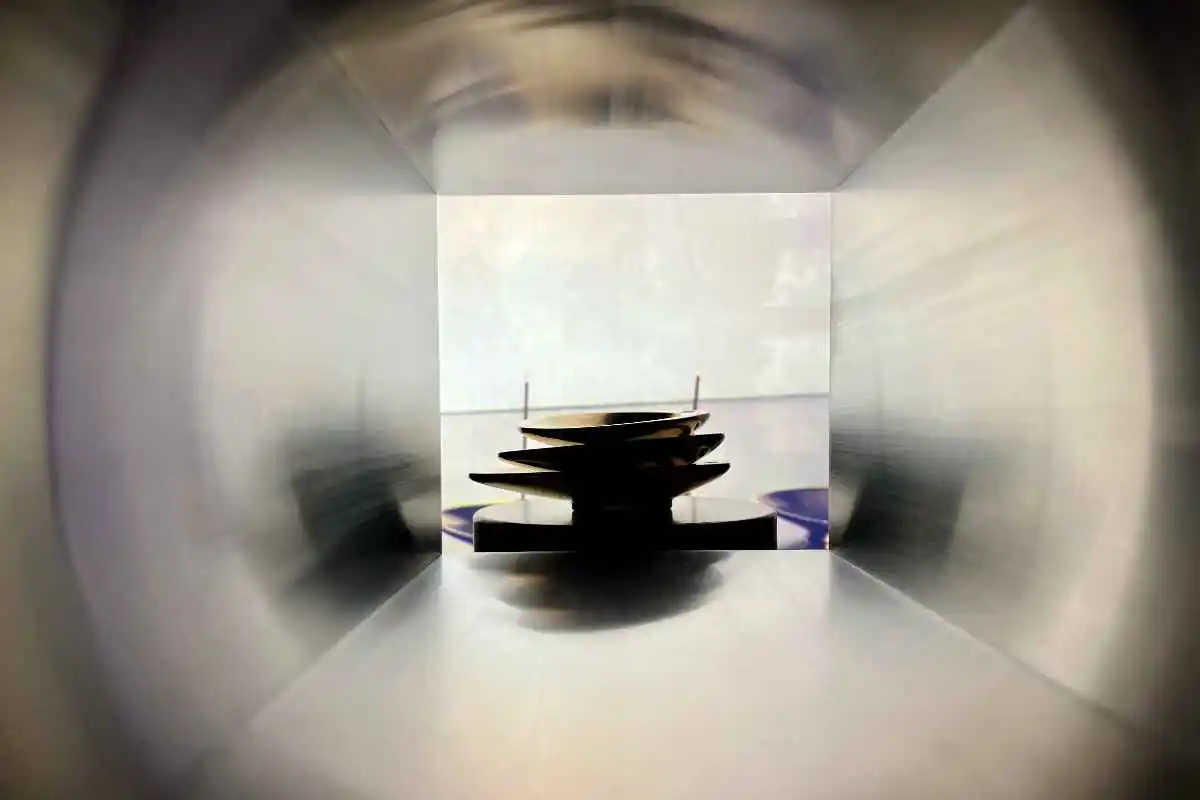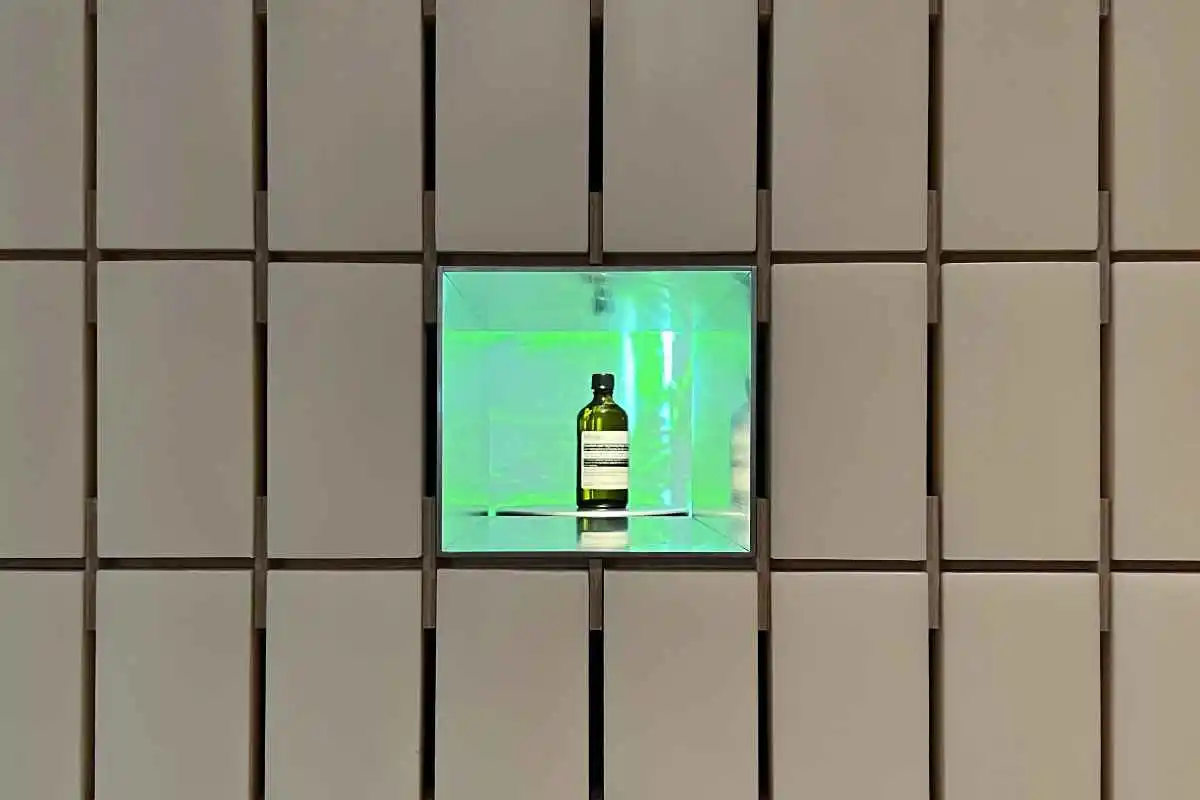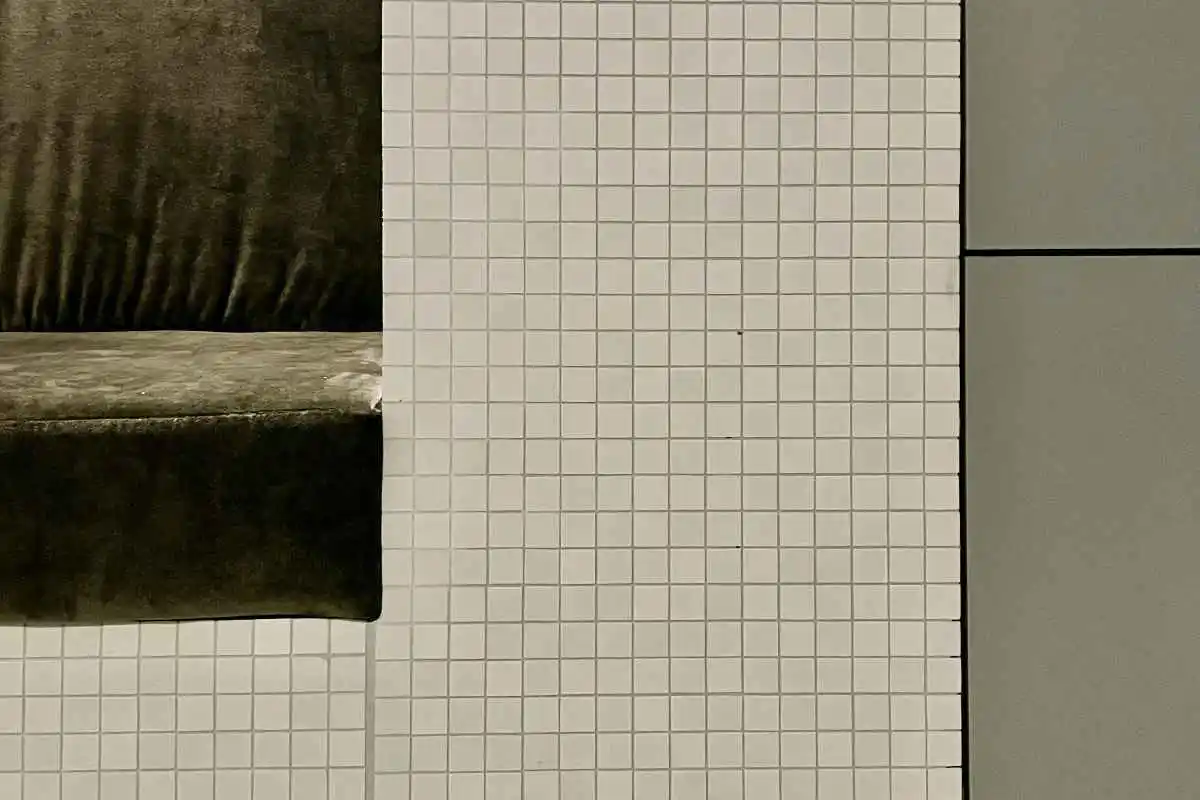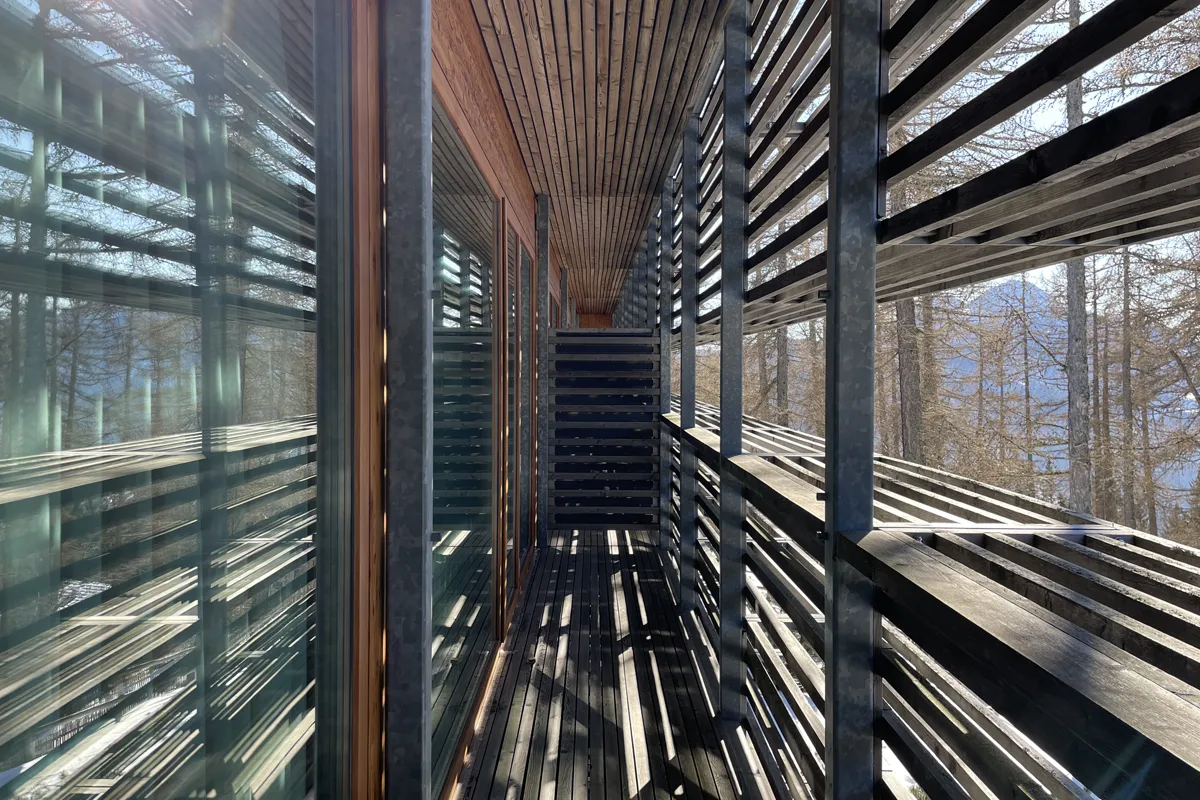Arte Povera and Gesamtkunstwerk, American Minimal Art and Radical architecture – Nicolas Schuybroek’s work for Aesop is an installation of soap bars supported by a removable and reusable MDF structure
Nicolas Schuybroek: minimalism and raw materials
Nicolas Schuybroek is a Belgian architect and designer who started his own practice in Brussels in 2011 with a focus on minimalism and raw materials. He and his team, composed of international professionals, adopted a contextual approach, based on the essence of built forms: «My purpose is to create and produce architecture, interiors and objects characterized by an acute sense of detail, craftsmanship and intuition, while retaining a feeling of warmth. The search for timeless minimalism and apparent simplicity are central in my work, as well as the love for unassuming, tactile and raw materials».
Currently, Nicolas’ studio is working on architectural and art-related projects in Belgium, France, the Netherlands, the UAE, the USA, Taiwan, the UK, Canada and Indonesia. They range from renovations, new-built and interior design of residential projects, offices, hotels, retail spaces to the design of objects. While being diverse in terms of scale and geography, they all share the same mission – to embrace the essence of materials and objects instead of creating what Nicolas calls «show-off architecture», only paying attention to the exterior appearance.
During Design Week 2024, Nicolas turned the Aesop Milano store into a sensorial installation: «We conceptualized a grid shaped screen wrapping the perimeter of the shop, only interrupted when needed for circulation. Entirely built up with Aesop soap bars, used within a vertical brick pattern, the screen created a soft, matte and reflective installation. Within the assembly, small rectangular cavities were created by removing soap bars to generate viewing portals to small, intimate hidden boxes showcasing Aesop’s products. Via film, visitors could thus enter a sensorial world. At the center of the installation a large silicon block was to be found, wrapped in a matte silicon envelope: this served as a stage for skincare performances and massages».
The role of formulation in Nicolas Schuybroek’s Gesamtkunstwerk
The installation was entitled Form follows formulation. Formulation is a concept Nicolas Schuybroek considers central for his practice: «In my office we always kick-off with concept, context and research before digging into designing. In that way we develop a clear formulation before creating. This formulation can change during the process. But for us formulation works as a compass during a project».
For the formulation of the Aesop installation Nicolas decided to use soap bars as architectural material: «a sort of brickwork». The architect is not new to such use of daily functional household items as works of art. This is both a way to elevate the ordinary to an extraordinary level – following his minimalist philosophy – and to link different worlds: «The soap bar did not only symbolize the practice of bathing, cleaning and self-care, but also the practice of architecture».
The cross-cultural approach is another feature of Nicolas’ practice, as he embraces the German philosophical concept of Gesamtkunstwerk. Theorized in the Nineteenth century by German writer and philosopher K.F.E. Trahndorff and then further developed by composer Richard Wagner, it consists in a work of art that makes use of all possible art forms. For Nicolas this means blending architecture, interiors, art and furniture into one single built object.
Simplicity as a cure for contemporary human fragility
Nicolas sees in simplicity also a cure for contemporary human fragility, a way to recover substance and authenticity in a world dominated by appearance: «In my work there is no straining for effect, but for a muted elegance. My goal is to conceive serene and pure, yet extremely warm and authentic spaces».
At the dawn of time, human beings began building to protect themselves. Nicolas wants to combine such materialistic function with a more metaphysical one.He considers architecture a shelter not just for the body, but also for the spirit and psyche: «In today’s extremely complex and polarized world, the need, both physical and intellectual, for contemplative and calm spaces is exacerbated. Houses and projects in general tend to become shelters, protective, meditative and secluded spaces, where the clutter of daily life does not belong. Going to the essence is in my opinion not a trend but a real necessity nowadays, which is the reason why tactile, timeless and warm minimal architecture and interiors exhaling a certain emotion will continue to work.
Craftmanship provides architecture and design with a soul
At Nicolas’ studio they combine architecture with craftmanship to define a new poetics of space: «We strongly believe in the co-creation between craftsmen and architects. Craftsmen all have their own subtle signatures, which provide our works with an additional dimension. We avoid mass-produced items as they have less of a soul, depth or story. Materials need to be honest. We use them for they rugged beauty and pay attention to preserve their original characteristics and properties».
According to Nicolas, craftmanship combined with simple and high-quality raw materials makes architecture and design more authentic. It gives spaces and objects a soul, making them capable of generating emotions and creating a soothing atmosphere.
Minimal Art, Superstudio, Arte Povera: Schuybroek’s inspirations
In his practice Nicolas is influenced by three art and design movements: American Minimal Art, Superstudio and Arte Povera.
American Minimal Art emerged in New York in the early Sixties in response to abstract expressionism. It alleged that a work of art should not refer to anything other than itself, avoiding any extra-visual association. This resulted into works reduced to the essential minimum, with hard edges, linear lines, simple forms and an emphasis on two dimensions.
Founded in 1966 in Florence, Superstudio was an Italian architectural firm, part of the Radical architecture and design movement. It aimed for social change through architecture, denouncing the harmful impact of construction on the environment and the use of design as an inducement to consume. Superstudio proposed a theoretical approach to architectural practice, with a style characterized by symmetrical line-work. Nicolas’ grid shaped screen at Aesop Milano is a hint to Superstudio’s Seventies iconic grid structures.
Arte Povera was developed during the Sixties and Seventies by Italian artists questioning the values of established institutions of government, industry and culture. They claimed that art should return to simple objects and messages in order to explore the notion of space and language through the representation of everyday life: «What I appreciate about Arte Povera is that it managed to transform nothing into such strong pieces, using discarded materials or objets trouvés. It tried to communicate a concept or meaning by using as little material as possible. In my studio we also focus on essential proportions and geometry. Proportions help us to reinforce and navigate the quest for quietness and muted spaces. They are not necessarily readable in a room, but they define the entire space and sensorial experience».
Art at the service of circular economy and sustainable education
Yet another principle that influences Nicolas’ practice is circular economy: «I prefer using natural materials, such as stone, linen or wood, as they will withstand the test of time and become all the more beautiful over the years, outlasting its creators». In the Aesop installation, for instance, soap bars were held by a demountable and reusable structure made in recycled MDF to reduce the carbon footprint of the project.
«Since the uprising of social media, we became used to scrolling and absorbing information, instead of actually seeing it and thinking about it. We see an image and process it instantly, regardless of what it means. In my opinion, you lose a lot of the context of an image or design in this way. But I believe that art can counterbalance this tendency, as it is all about meaning and context. An artist wants to make viewers aware of an idea, to make them contemplate it and project it onto themselves in order to eventually form their own vision or opinion».
Nicolas Schuybroek Architects
Nicolas Schuybroek Architects is an architecture and design studio founded and directed by Belgian architect Nicolas Schuybroek. Based in Brussels, it features a team of international architects that work on architecture, interiors, design and art-related projects in various countries, including Belgium, France, the Netherlands, the UAE, the USA, Taiwan, the UK and Indonesia.
For the 2024 edition of the Milan Design Week Nicolas Schuybroek designed a temporary installation for the Aesop Milano store, entitled Form follows formulation.
























